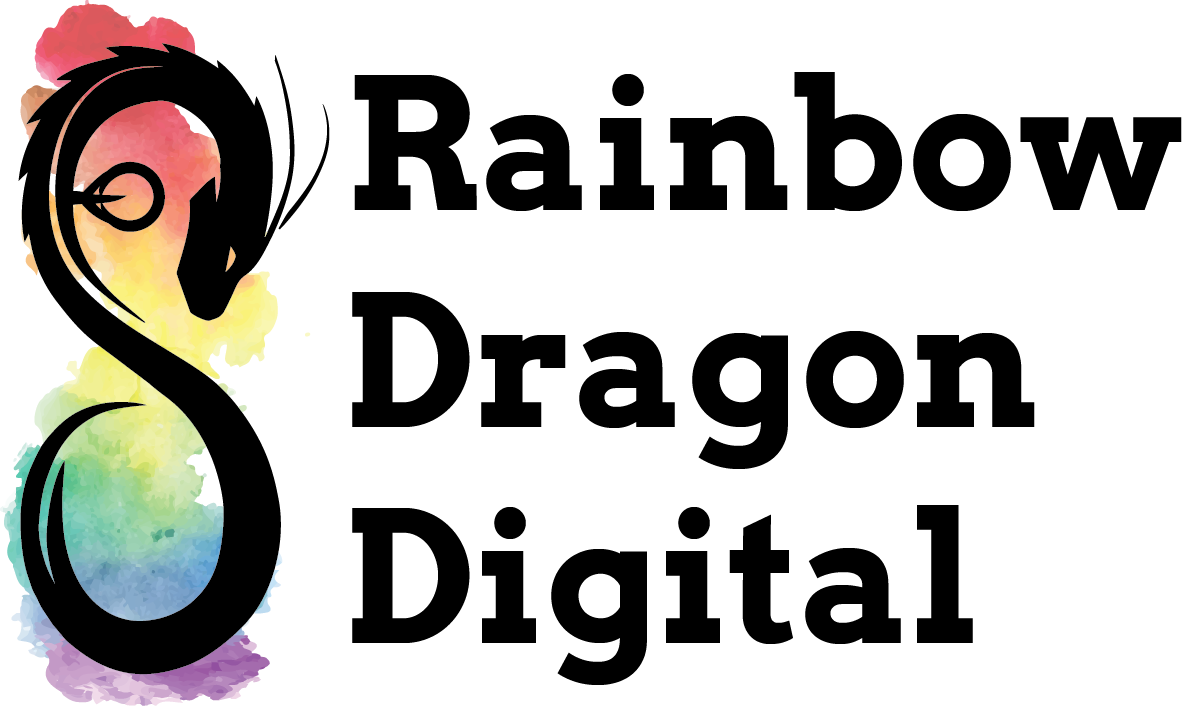Diversity and inclusion often starts in marketing – in efforts to look diverse and look inclusive – but if you want to prioritise diversity and inclusion then you need to look beyond your marketing at attitudes and biases across the business. Most importantly, you need to listen to your employees and learn from their wisdom so you can make marketing decisions the whole team can get behind.
Doing something that’s changing the world and would you like to have a chat with me about it? Click here and fill out the form!
Don’t like videos? Here’s the text version:
In today’s video, I talk about how making sure that your marketing is inclusive is about a lot more than putting a diverse group of people in your ads.
If you haven’t subscribed to my YouTube channel already, please do – it will help me loads, and if you click the bell you’ll be notified when I release new videos.
Inclusion and Diversity in Marketing
Inclusion and diversity often starts in marketing for a lot of businesses – I don’t think it’s the place where it should start but it often does, because many companies think that it’s really important to look diverse and look inclusive by putting women, Black people and LGBTQIA+ people in the foreground of their marketing.
I’m not saying that’s necessarily wrong – there are definitely times when you should be shouting from the rooftops and demonstrating your commitment to diversity in marketing. I think that’s really important. It’s a place you can start, but I don’t think it’s even the ideal place to start – and it’s definitely, definitely not where you should stop in your efforts to prioritise diversity and inclusion.
When organisations realise they have been recognised as being a diverse and inclusive brand, some feel as if their work is done – they decide they don’t really need to work that much harder, and they forget to check whether unconscious bias exists in their organisation and is undermining their work. However, to remain a diverse and inclusive brand, you need to prioritise diversity and inclusion across the business, including through your marketing efforts.
Inclusive or Non-Inclusive? It’s Not Always Clear
A friend of mine is a marketing manager at a very male dominated company in a very male dominated industry. She is a woman, although there aren’t many women in the office, and one day her company started work on a new marketing campaign. The campaign’s main phrase was “Got the horn?” It was meant to be funny – cheeky, without being too offensive – and even my friend thought, “Yeah, it’s not that offensive, it’s great – it’s kind of funny!”
However, there were other women in the office who felt that the language was non-inclusive because to them, “got the horn” suggested getting an erection. I didn’t think that, and my friend didn’t think that either – she was of the view that women can get the horn too, so it couldn’t be that non-inclusive – but after she looked into the meaning behind the phrase, she realised that it did indeed originate from getting an erection. Whether or not that language has now changed, or is perhaps up for debate, the fact remained that there were women in the organisation who were willing to stand up and say that the phrase felt non-inclusive – which should have been a signal that the campaign was at least worth revisiting. Unfortunately, the management didn’t agree and they went ahead and used the line anyway.
Listen, Hear and Act to Prioritise Inclusion
Even putting aside the management misstep of failing to manage their employees’ expectations and comfort, the fact that there were some women in my friend’s organisation who felt that this phrase was not inclusive means that there will be women in that industry who feel the phrase is not inclusive when they hear it.
By choosing to use the line anyway, the company’s management has taken a conscious step to ignore the fact that women in a male dominated industry may not feel included by this marketing campaign. No matter how many women they put in the campaign materials, if they use the phrase “got the horn” then it’s going to feel uncomfortable for some of the women in the industry.
If your employees are willing to stand up and say that something feels non-inclusive, and if you choose not to listen to them – not to hear them, and not to take action – your employees will feel as if their words don’t matter to you. And if you don’t care about that – maybe because you decide there aren’t enough women in your particular industry to care about – then I’m sorry to say it, but you are part of the problem.
Consider Your Whole Audience
That’s the bottom line, really – if you’re willing to not care that you’re not being inclusive because there aren’t enough people in your industry that will be negatively impacted by your lack of inclusion, then you cannot claim to be a business that prioritises diversity and inclusion. If diversity and inclusion are a part of your business value system, then you need to – at the management level, at the marketing level, at every level – be willing to listen to the people who are being excluded, hear what they have to say, and make the changes required to make them feel more included.
Everyone has different perspectives and experiences, which is why it’s so important to listen to people from across your business and your industry to ensure that you are including everyone and considering every perspective. If you would like to find out more about getting diversity and inclusion right in your marketing, please do get in touch.

